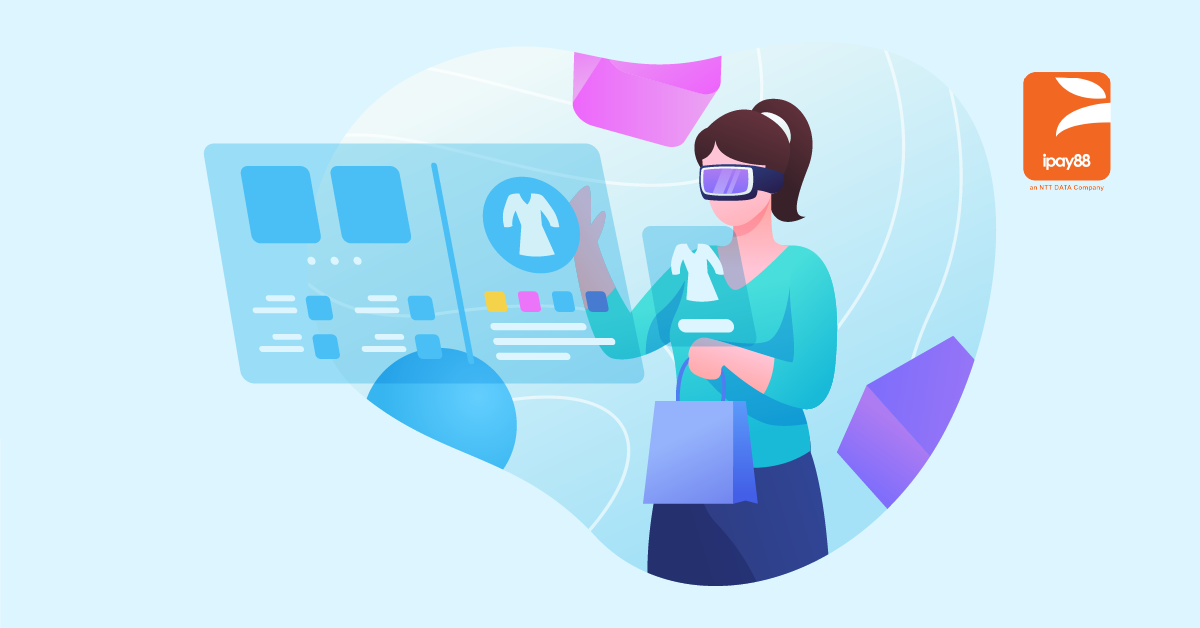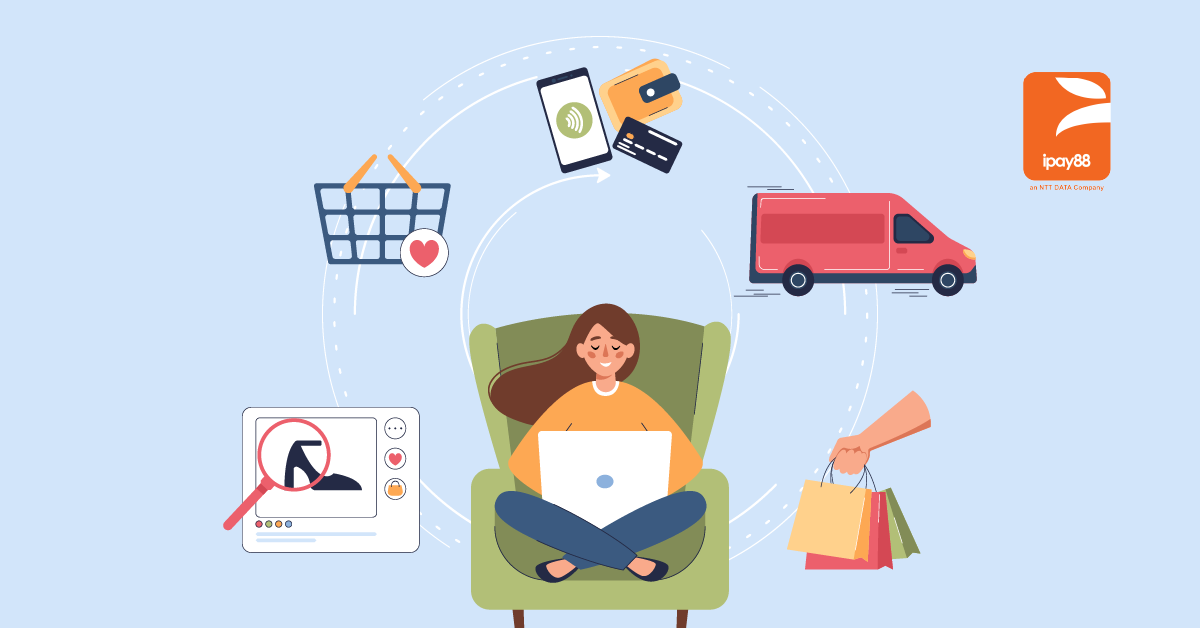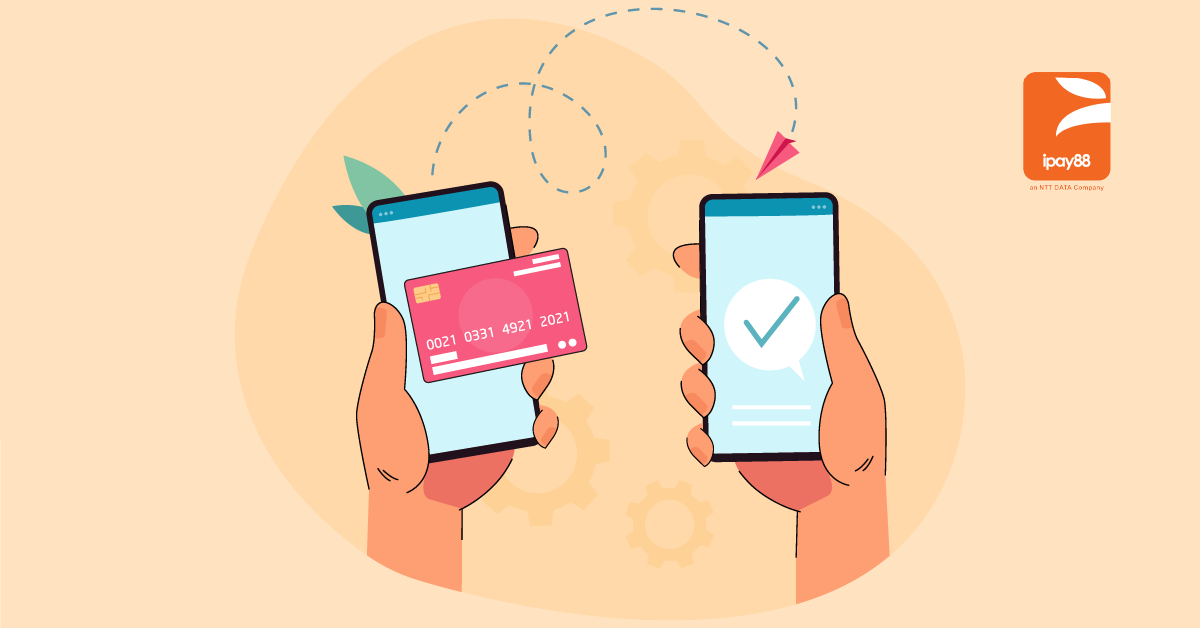In recent years, the e-commerce landscape revolution has transformed the shopping experience to the point where you can find great deals even without stepping out of the house.
Everyone who is involved in the e-commerce game knows that it is a constantly changing environment, as technologies keep improving and companies are battling against each other to win a greater share of the pie.
The future of e-commerce is unknown, but some of the things are certain and will remain as such:
- Customer service will get increasingly better,
- Delivery times will improve,
- Better product selection.
How will the future of buying things online actually look like from a customer’s perspective? What should you start implementing into your own business over time to stay ahead of the competition?
Below, we have compiled 5 points of the future of e-commerce that you should look at.
Pop-Up Shops
Trends shifted, and customers nowadays are already shopping using new methods.
Customers will do an online search about the product/services or they might visit a local shop to search for the product/service information, then buy online for a cheaper price or vice versa.
This is a new challenge for retailers, in which it has bridged the gap between online and offline. If you were an online-only e-commerce retailer, you might have been affected by the “webrooming” aspect, i.e. your potential customers browse your e-shop, but still eventually buy in a physical store.
To deal with that, a pop-up shop can be your solution. Pop-up shops can serve as a low-cost way of reaching out to your new customers and winning new long-term customers.
They give your potential customers a chance to connect with your brand in a physical way. Other than that, they also help you to reach the corner of the unserved market that is unreachable through your online channels.
Measurement across all devices
Not everyone sticks to a single device when buying services or products from you.
In fact, there are more and more people moving between devices, from the web to mobile to apps, before eventually turning to paying customers.
Measuring analytics across devices is still in its early stages, but it is becoming a more significant field of interest for those in the e-Commerce field.
Once the tracking of usage across multiple devices becomes more advanced, the processes of testing, tweaking, and optimizing the user experience still can be set further in motion.
This will enable even more value for e-commerce retailers, by providing further detailed insights into how different types of people respond to their advertisement through multiple platforms.
E-commerce delivery drones
Perhaps, one of the most exciting developments in e-commerce is one we have already started to see in the testing stages – “drone delivery”.
With drones, companies could deliver packages much more efficiently and quickly, with delivery times of just 60 or even 30 minutes from order.
Drones will be sent out from the distribution centers and travel directly to the delivery address provided, at significantly lower costs and logistically less hassling than conventional delivery methods.
Drone delivery offers huge benefits in the form of cheaper and faster shipping. The growth of online retail sales as free and fast shipping are the most attractive factors that will draw customers’ attention to shop online more often.
There will be 2 main types of drone delivery companies to explore:
- Home delivery drones
- Supply chain delivery drones
However, note that the adoption of drone delivery will take place in stages over the next few years as regulations are still to be put in place.
E-commerce personalization & experience
In the past, the common practices among companies were mass production, consumption, and marketing. Nowadays, companies started to focus on niche markets, customization, and personalization.
Why this is happening? Companies starting to cater to every individual’s needs has become so common that customers are expecting companies to meet their specific needs, or else they will get frustrated.
Personalization in e-commerce means real-time tailoring of online customer experience to each specific shopper. With the help of e-Commerce software, it can help you to generate personalization automatically and in real-time.
The software came in many different varieties, ranging from websites, product recommendations, social proof notifications, and email. Personalization creates a sense of individuality and uniqueness.
Customers will feel that they are special and important, as they think the company pays special attention to them.
For example, look at website personalization:
Website personalization is the customization of a website’s dynamic content, message, visuals, and offers to each shopper.
Have you ever seen the personalized offer itself, the amount of discount, and the time limit on the first page when you visit the marketplace?
A more personalized website creates a more relevant customer experience. According to Barilliance, website personalization can increase conversions by as much as 30%.
Implementing virtual and augmented reality to your e-commerce website
Consumers and shoppers are looking for as much transparency as possible when researching and buying products online.
Giving them the opportunity to access more product information with virtual or augmented reality can encourage shoppers to make a purchase decision faster.
Virtual and augmented reality give customers the opportunity to view products from all angles, enhance the presentation, and bring real-life experiences to e-commerce.
For example, Ikea has launched an augmented reality app “Ikea Places” which lets customers experience, experiment, and share popping Ikea products into any space.
Everything is 3D and true to scale, so you can see if it’ll fit. Ikea Place is built on Apple’s new ARKit technology and Ikea is one of the first home furnishing brands in the world to use this technology.
With the points above, there’s both good and bad news for some of us. The good news is that we can take advantage of so many new opportunities to reach more consumers and make more sales.
The bad news, though, is that you have to keep up and stay updated, or else you will be left behind. It is important to realize that the Internet is a dynamic place where trends can be made and broken in days.
E-commerce is an important part of the economy and it takes a big place in the daily customers’ lives, so you must make sure that you follow the most updated e-commerce trends.
You may read more of our blog posts to stay updated on the latest e-commerce trends.





